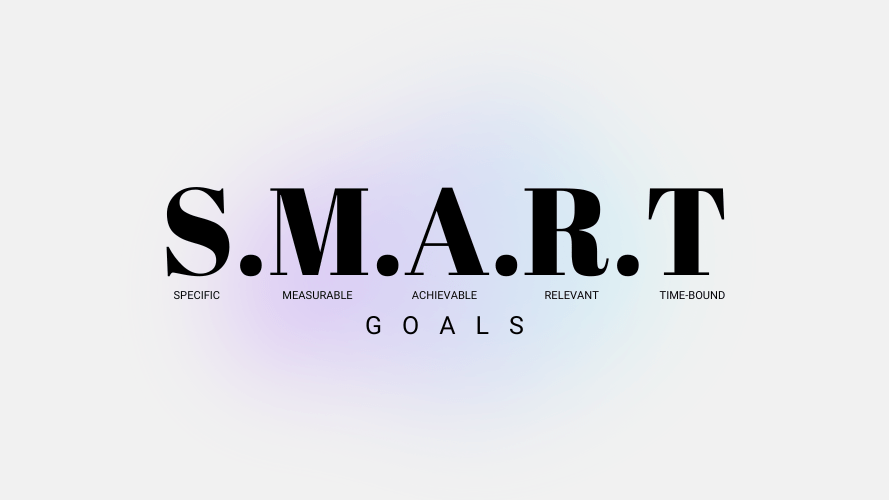Creating a SMART Goal Framework for Entrepreneurs
In the fast-paced world of entrepreneurship, setting clear and achievable goals is essential for success. A well-structured goal framework can provide the guidance and structure needed to achieve your business objectives.
The SMART goal framework, which stands for Specific, Measurable, Achievable, Relevant, and Time-bound, is a popular and effective approach for setting and achieving goals.
How to Create a SMART Goal Framework for Entrepreneurs?
1. Identifying Your Goals
The first step in creating a SMART goal framework is to identify your goals. Consider your personal, business, and financial goals. It’s important to align your goals with your overall vision for your business to ensure they are meaningful and motivating.
2. Making Your Goals SMART
Once you’ve identified your goals, the next step is to make them SMART.
- Specific: Clearly define what you want to achieve. Avoid vague or ambiguous goals.
- Measurable: Quantify your goals so you can track progress and measure success.
- Achievable: Set goals that are challenging but attainable. Avoid setting goals that are unrealistic or out of reach.
- Relevant: Ensure your goals align with your overall business strategy and priorities.
- Time-bound: Set deadlines for achieving your goals to create a sense of urgency and accountability.
3. Developing an Action Plan
Once you have SMART goals in place, create an action plan to guide your efforts.
- Break down goals into smaller, actionable steps. This will make your goals seem less overwhelming and more manageable.
- Assign responsibilities and deadlines. Determine who is responsible for each step and set clear deadlines to keep your team on track.
- Allocate resources. Identify the resources needed to achieve your goals, such as time, money, and personnel.
- Create a timeline. Develop a timeline to visualize your progress and ensure you stay on schedule.
4. Tracking Progress and Making Adjustments
- Use key performance indicators (KPIs) to measure progress. Identify relevant KPIs that will help you track your progress towards your goals.
- Monitor performance regularly. Review your progress regularly to identify areas where you may need to make adjustments.
- Make adjustments as needed. Be prepared to modify your goals or action plan if circumstances change or you encounter unexpected challenges.
- Learn from setbacks and failures. Use setbacks as opportunities for growth and learning.
5. Overcoming Challenges
Goal setting can be challenging, and there may be obstacles that arise along the way. Here are some strategies for overcoming common challenges:
- Stay motivated and persistent. Remind yourself of why your goals are important and stay focused on your long-term vision.
- Build a support network. Surround yourself with people who can offer encouragement, advice, and accountability.
- Seek help when needed. Don’t be afraid to seek guidance from mentors, coaches, or consultants.
6. Templates and Resources
There are many resources available to help you create a SMART goal framework. Consider using templates or goal-setting software to streamline the process.
Conclusion
A well-structured SMART goal framework is essential for entrepreneurs who want to achieve their business objectives. By following the steps outlined in this article, you can create a framework that will help you set and achieve meaningful goals.
Remember to be flexible, adaptable, and persistent, and you’ll be well on your way to success.






